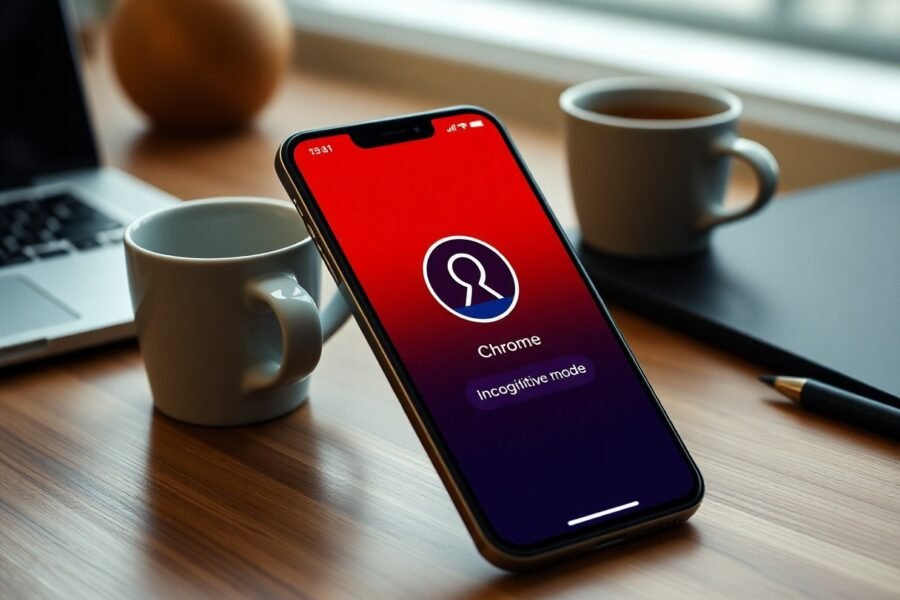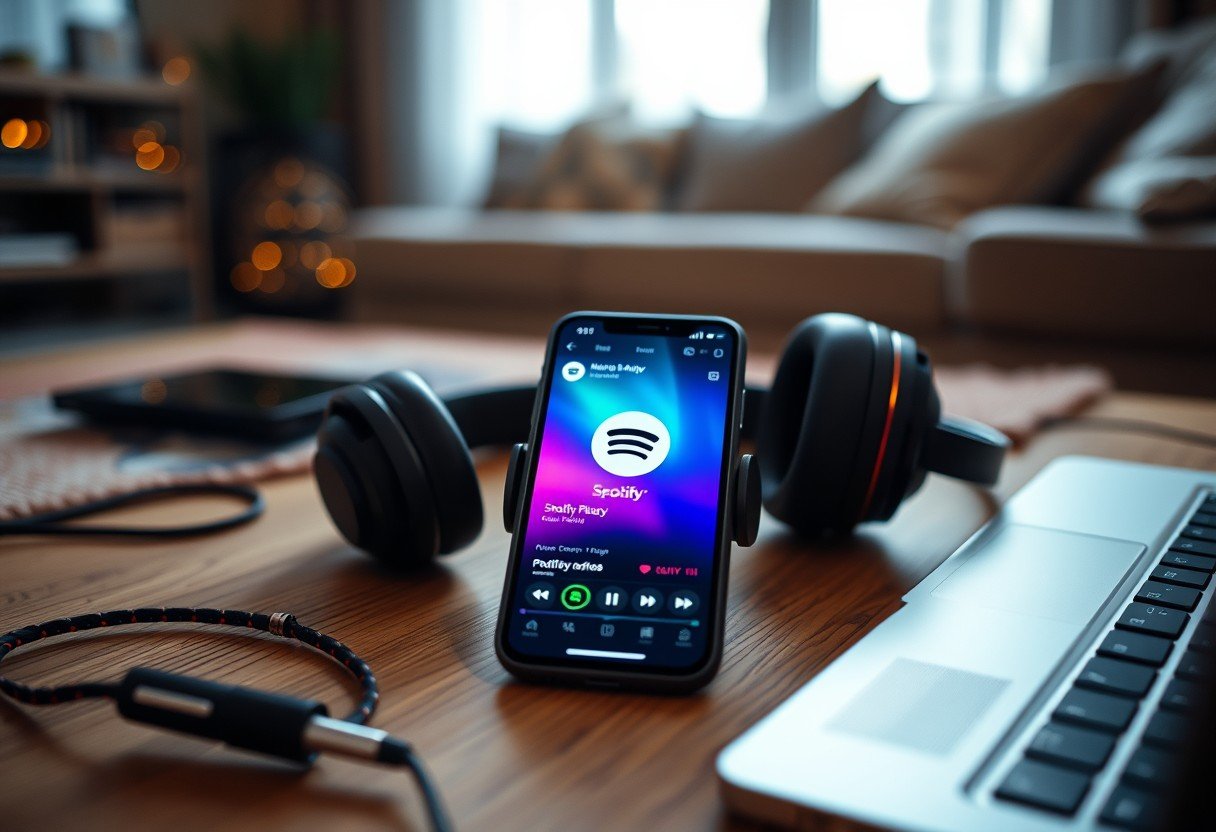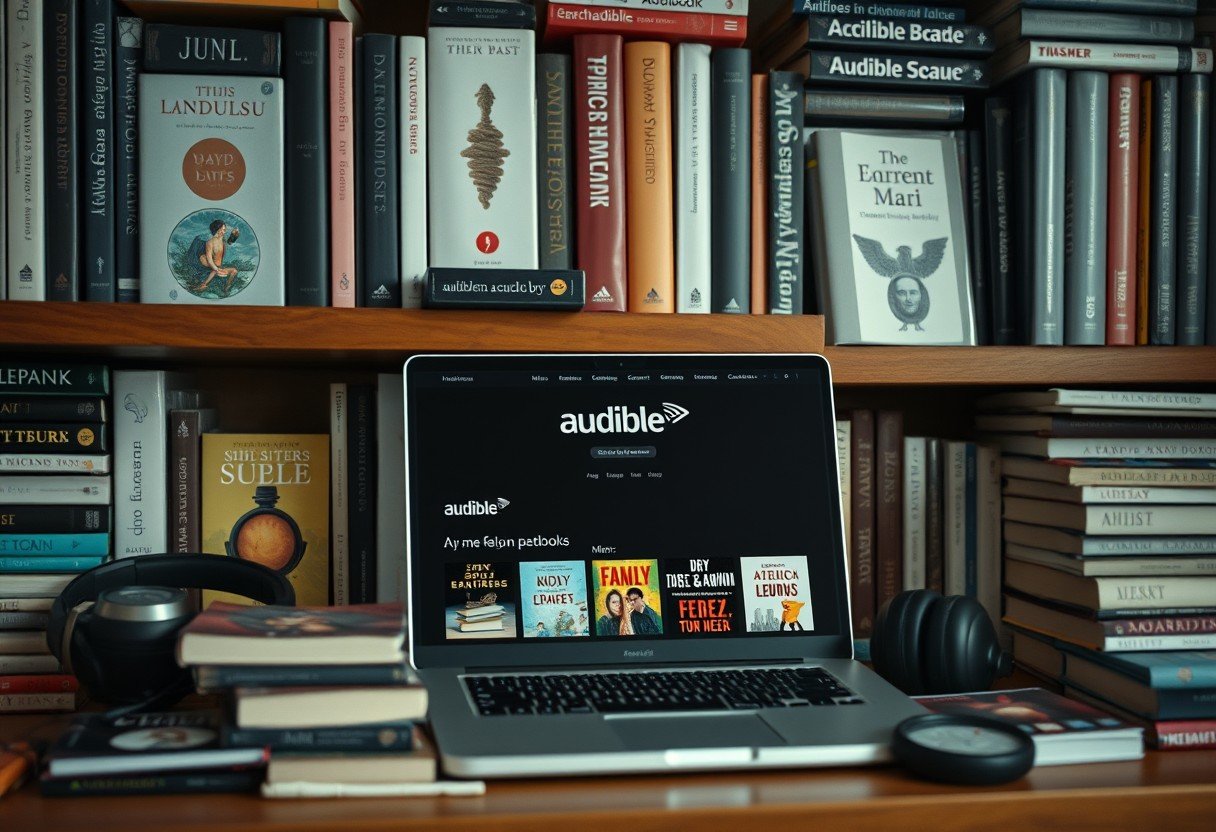Have you ever been relaxing to a quiet playlist on Spotify, only to be jolted by an advertisement that’s suddenly twice as loud? You’re not imagining it. This jarring experience happens because advertisers use audio techniques to make their messages stand out, and Spotify’s own volume balancing system can’t always compensate for the difference. It’s a deliberate strategy combining advertising goals with audio science that impacts millions of listeners every day.
The Science Behind Why Ads Sound Louder
The core reason for the volume difference lies in how audio is produced and managed. It’s not just about turning up a dial; it involves complex techniques that audio engineers use to control how we perceive sound.
One of the key concepts is called dynamic range. This is the difference between the quietest and loudest parts of a track. Music often has a wide dynamic range, with soft verses and loud choruses. Advertisements, however, are usually heavily compressed, meaning they have a very narrow dynamic range. This makes the entire ad consistently loud to ensure it grabs your attention immediately.
Spotify uses a process called loudness normalization to try and make everything play at a similar volume level. It aims for a target of -14 LUFS (Loudness Units relative to Full Scale), an industry standard for streaming platforms. However, because ads are already compressed to be consistently loud, the normalization process can’t always smooth out the jarring transition from a dynamic song to a flat, loud ad.
Why Advertisers Want to Be Loud
From an advertiser’s perspective, the goal is simple: capture your attention and make sure their message is heard. In a world full of distractions, they have only a few seconds to make an impact, especially when you might be listening while driving, working, or exercising.
Making an ad louder is a direct and effective way to cut through the background noise and the music you were just enjoying. Advertisers know that a sudden increase in volume forces the listener to pay attention, even if it’s just for a moment. This demand for effectiveness directly influences how ads are mixed and mastered before they even get to Spotify.
Ultimately, this creates a conflict between the advertiser’s goals and the user’s listening experience. While a loud ad may be more noticeable, it can also lead to frustration and annoyance, which can sometimes backfire on the brand.
Spotify’s Business Model and Its Impact on Volume
Spotify’s ad-supported free tier is a crucial part of its business. It allows the company to attract a massive user base, which in turn makes the platform highly attractive to advertisers. This creates a delicate balancing act between keeping free users happy and generating revenue from ad placements.
The revenue from these ads is what keeps the free service running. Because advertisers are willing to pay more for effective, attention-grabbing campaigns, there is a financial incentive to allow ads that stand out. If advertisers feel their messages are getting lost, they may invest less in the platform. This pressure can influence Spotify’s policies on ad volume and production standards, leading to the louder experience many free users report.
How Spotify Compares to Other Streaming Services
Not all music streaming platforms handle advertisements in the same way. The user experience can vary significantly depending on the service’s business model and ad policies.
Here’s a quick comparison of how some of the major platforms approach ad volume:
| Platform | Ad Volume Policy |
| Spotify | Ads are often perceived as significantly louder than music. |
| Apple Music | No ads; it is a subscription-only service. |
| Pandora | Generally maintains ad volume in line with music volume. |
| Amazon Music | Ad volume can vary, especially on the free tier. |
Platforms like Apple Music avoid the issue entirely by not having a free, ad-supported tier. Others, like Pandora, have historically received praise for better volume consistency between music and ads, suggesting it is technically possible to create a smoother experience.
Solutions and Ways to Improve Your Listening Experience
While you can’t specifically turn down the ad volume within Spotify, there are a few steps you can take to mitigate the jarring shifts in sound. These adjustments can help create a more balanced and enjoyable listening session.
Making a few changes in your settings can make a noticeable difference.
- Enable Volume Normalization: Go to your Spotify settings (the gear icon) and find the ‘Playback’ section. Make sure the ‘Normalize volume’ feature is turned on. You can even set the volume level to ‘Quiet’ to help reduce the overall loudness.
- Adjust Your Device’s Equalizer: Many smartphones have built-in equalizer settings. You can use these to lower certain frequencies or apply a “night mode” setting that compresses the dynamic range, making loud sounds quieter.
- Lower Your Overall Volume: A simple but effective solution is to listen at a lower overall volume. This will make the jump to a loud ad less startling.
While these aren’t perfect fixes, they can help reduce the annoyance of loud ads until industry standards or platform features evolve to better address the issue.
Frequently Asked Questions
Why are Spotify ads so much louder than the songs?
Ads often seem louder due to dynamic range compression, a technique used to make the entire ad consistently loud to grab your attention. While Spotify normalizes audio, the aggressive compression on ads can still make them feel much louder than a song with quiet and loud parts.
Can I make Spotify ads quieter?
You cannot lower the ad volume independently, but you can help manage it. In Spotify’s settings, turn on ‘Normalize Volume’ and set it to the ‘Quiet’ option. This helps balance the volume between music and ads for a more consistent experience.
Are there rules about how loud ads can be?
There are industry guidelines, like the -14 LUFS standard, but they are not as strictly regulated for digital streaming as they are for broadcast television. This lack of strict enforcement allows for the variations in volume that many listeners find frustrating.
Why do advertisers make their ads so loud on purpose?
Advertisers make ads loud to ensure their message cuts through background noise and captures your focus immediately. In a competitive audio space, loudness is a simple tactic to make an ad more noticeable and memorable, even if it risks annoying the listener.









Leave a Comment